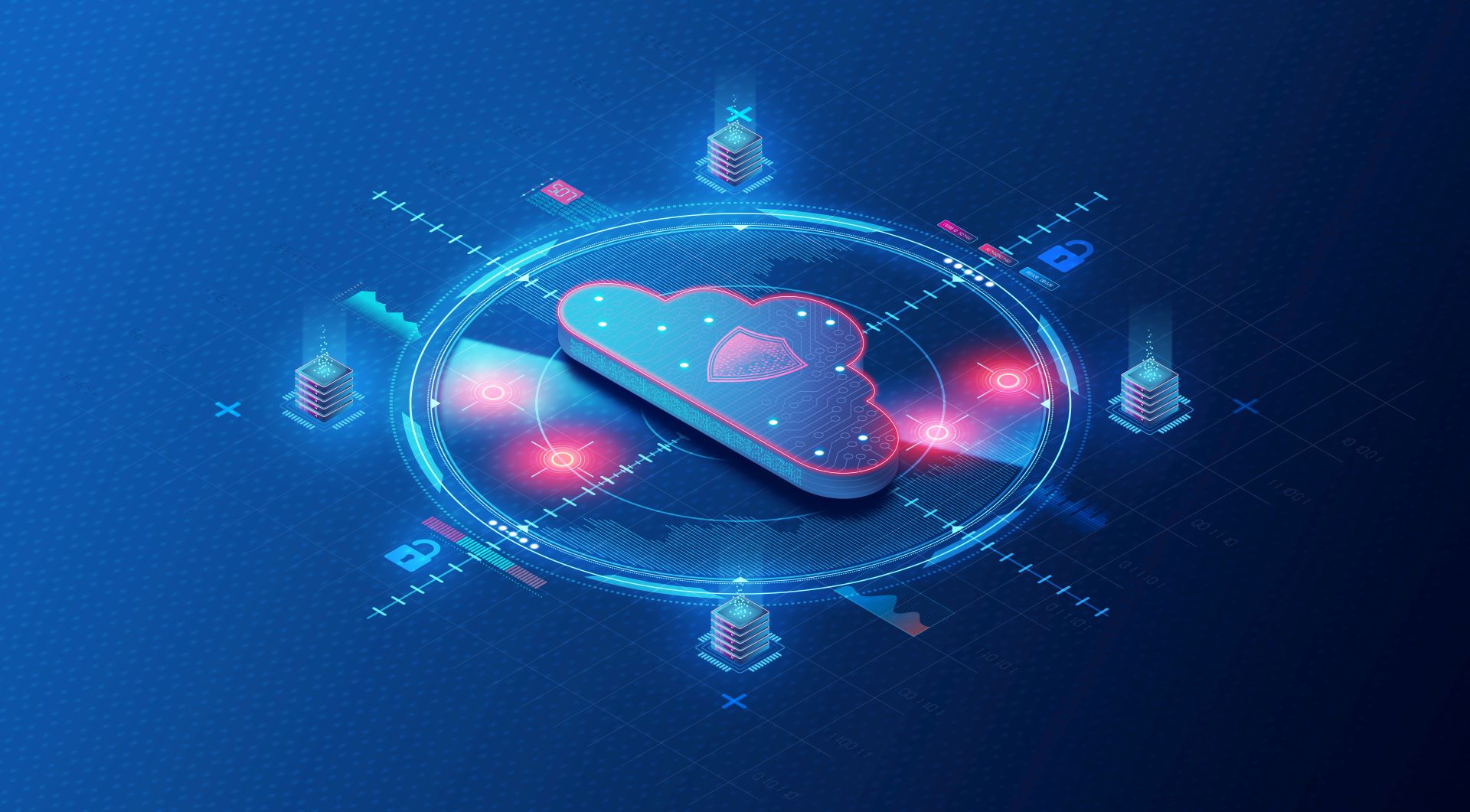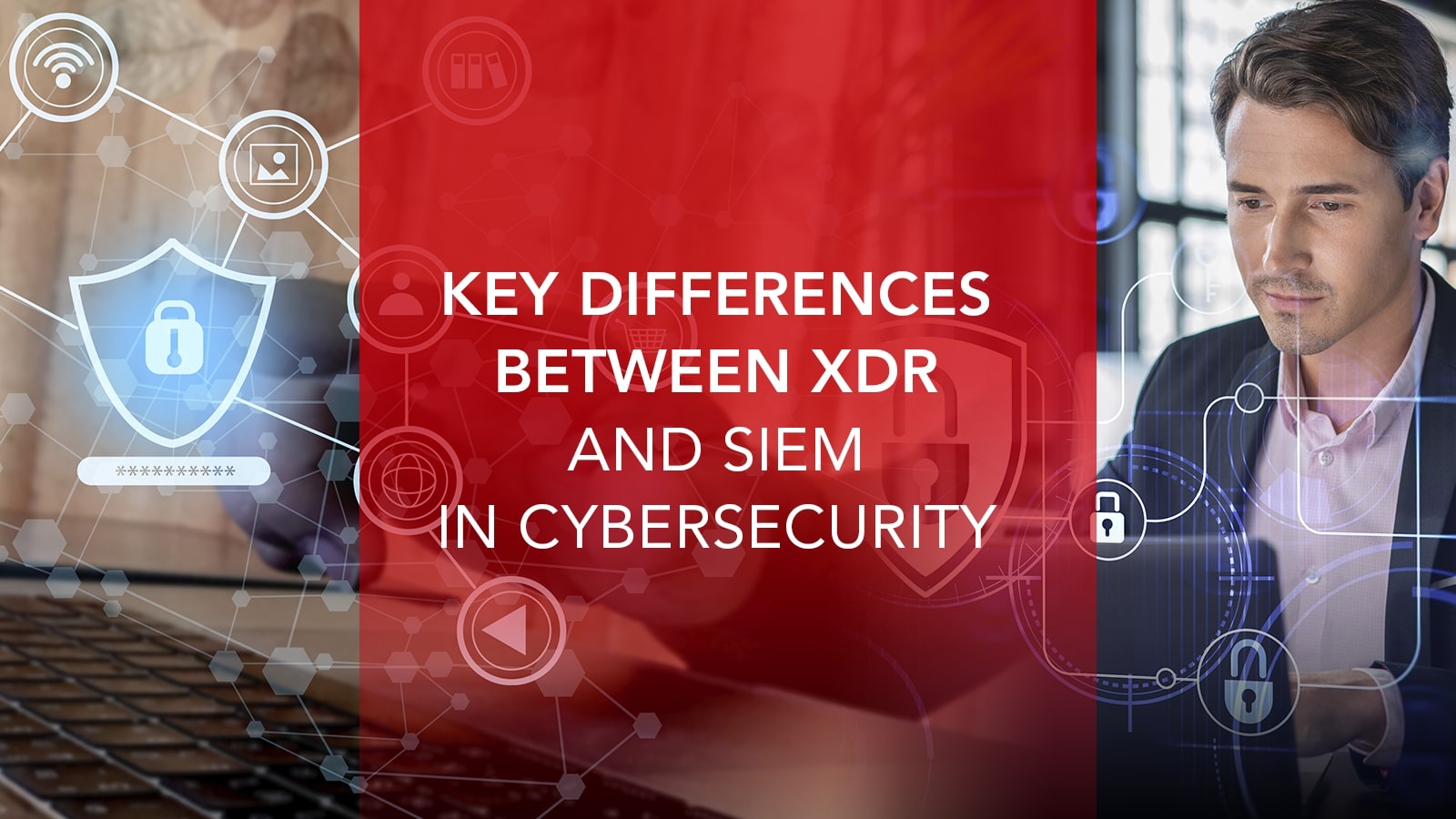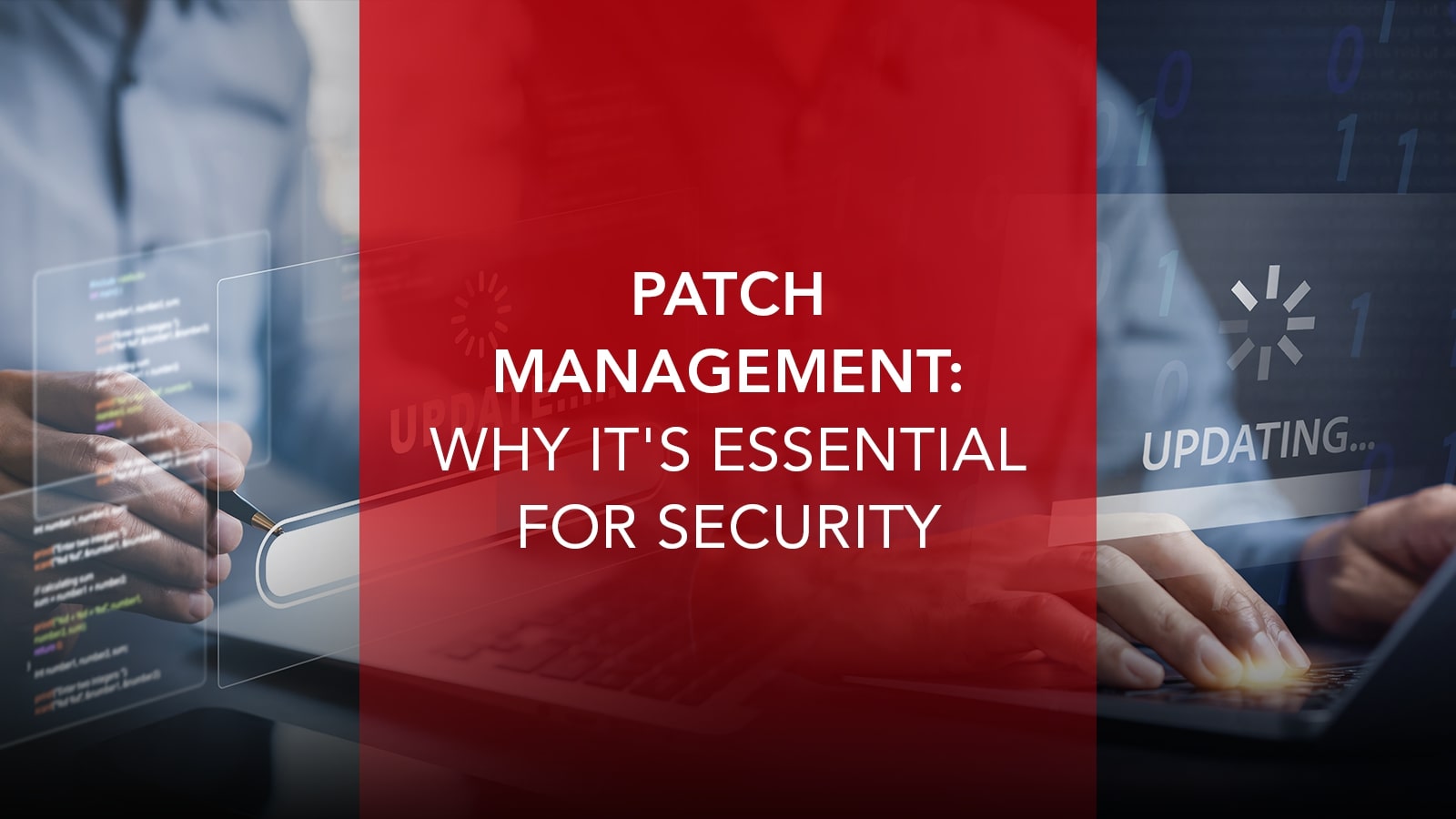Modern cybersecurity is a complex concept. With all the new threats emerging and evolving on a daily basis, it can be difficult to know which products we need and which we don’t. Properly protecting our networks often requires a number of products, from endpoint security tools to cloud-based solutions that support real-time threat detection. Among the most discussed–and often confused–technologies are Security Information and Event Management (SIEM) systems and Extended Detection and Response (XDR) platforms.
Understanding the differences between XDR and SIEM is essential for organizations looking to improve cyber threat visibility, streamline incident response, and leverage automation in cybersecurity effectively.
Why the SIEM vs XDR Debate Matters More Than Ever
Cyber threats are becoming increasingly sophisticated, targeting multiple attack surfaces simultaneously. Traditional security measures are often insufficient, making it necessary for organizations to adopt smarter solutions that unify threat detection and accelerate response times. The debate between SIEM and XDR is not just academic; it affects how businesses protect sensitive data, respond to attacks, and comply with regulations. While both tools serve critical purposes, they are fundamentally different in design, deployment, and operational focus.
Many security leaders and IT consulting firms now evaluate both SIEM & XDR services as part of a broader security strategy. Managed Security Services Providers (MSSPs) often recommend a hybrid approach that combines the historical insight of SIEM with the real-time, cross-platform capabilities of XDR.
What is SIEM? A Quick Overview
Security Information and Event Management (SIEM) is a cornerstone of traditional enterprise cybersecurity. At its core, SIEM aggregates log data from across the network–including servers, applications, and security devices–and correlates that data to identify anomalies or potential threats.
Strengths of SIEM
- Compliance Reporting: SIEM platforms provide detailed audit trails, helping organizations meet regulatory requirements.
- Historical Analysis: By storing and indexing vast amounts of log data, SIEM allows security teams to investigate incidents retrospectively.
- Alerting: SIEM generates notifications based on preconfigured rules, helping analysts respond to suspicious activity.
Challenges of SIEM
Despite its strengths, SIEM comes with limitations. Data overload is common, making it difficult to distinguish between real threats and false positives. Complex tuning is often required to ensure alerts are meaningful, and many organizations struggle to maintain a 24/7 security operations center (SOC) capable of fully leveraging the system. These SIEM limitations have driven interest in next-gen SIEM platforms and in broader, next-generation solutions like XDR.

What is XDR? Why It’s Seen as the Evolution
Extended Detection and Response (XDR) represents the next evolution in cybersecurity. Unlike SIEM, which is primarily log-centric, XDR collects and correlates telemetry from endpoints, networks, cloud platforms, email systems, and more. By consolidating data across multiple vectors, XDR delivers unified threat detection, improved cyber threat visibility, and automated incident response capabilities.
XDR builds upon Endpoint Detection and Response (EDR) by extending its monitoring and detection capabilities across the entire enterprise. Some key XDR benefits include:
- Automation: Built-in response actions reduce the time from detection to remediation.
- Improved Threat Visibility: Cross-platform analytics help identify complex attacks that span multiple systems.
- Streamlined Operations: Cloud-based XDR platforms often feature intuitive dashboards, making it easier for smaller teams to manage security operations.
SIEM vs XDR: Core Functional Differences
Understanding the differences between XDR and SIEM requires looking at four critical areas:
Data Ingestion & Scope
- SIEM: Primarily log-centric, ingesting vast amounts of data from network devices, applications, and servers.
- XDR: Focuses on telemetry from security tools, including endpoint security, email gateways, and cloud services, enabling deeper behavioral analytics.
Threat Detection Capabilities
- SIEM: Relies on rule-based detection and correlation, which can generate high volumes of false positives.
- XDR: Uses behavioral detection and anomaly-based alerting to identify sophisticated threats in real time.
Deployment and Complexity
- SIEM: Often requires skilled analysts and ongoing tuning to remain effective, which can strain SOC resources.
- XDR: Typically cloud-native, with simplified dashboards and workflows designed for faster adoption and operational efficiency.
Response Automation
- SIEM: Relies on rule-based detection and correlation, which can generate high volumes of false positives.
- XDR: Provides built-in automated responses, reducing the need for manual intervention and enabling faster remediation.
When to Use SIEM vs XDR in Your Organization
Deciding between SIEM and XDR is not always straightforward. Every organization has its own mix of compliance requirements, operational maturity, staffing levels, and infrastructure complexity. While both tools help improve cybersecurity resilience, the choice often comes down to the specific goals and pain points of your business.
Compliance-Driven Environments: Why SIEM Still Matters
For industries such as healthcare, government, and financial services, compliance reporting and audit readiness are not optional. Regulations like HIPAA, PCI DSS, and SOX demand detailed, long-term visibility into user activity and system logs.
SIEM remains the incident response tool of choice for these organizations because it offers:
- Comprehensive Audit Trails: Every login attempt, firewall update, or file access can be logged, indexed, and retrieved.
- Forensic Investigations: Analysts can dig into historical data to understand how an incident unfolded.
- Regulatory Mapping: Many SIEM platforms include built-in compliance templates to align alerts and reports with industry standards.
This makes SIEM indispensable when your security strategy is compliance-first. However, the trade-off is that it can be resource-intensive, with SOC teams spending significant time filtering false positives and tuning correlation rules.
Cloud-Native and Agile Businesses: The XDR Advantage
On the other hand, modern cloud-native companies, SaaS providers, and digital retailers often prioritize agility and speed over traditional log analysis. For these businesses, the XDR benefits stand out:
- Cloud-Based XDR: Deployment and scaling are simpler, making it easier for lean IT teams to manage.
- Unified Threat Detection: Data from endpoints, email systems, and cloud apps is analyzed in real time to stop threats before they spread.
- Automation in Cybersecurity: Built-in playbooks automatically isolate compromised devices or block malicious connections, reducing mean time to response (MTTR).
These features help organizations that face fast-moving, multi-vector cyberattacks but may not have the bandwidth to maintain a full SOC team.
Hybrid Approach: The Best of Both Worlds
Many mid-sized and enterprise organizations are discovering that the choice between SIEM and XDR does not have to be binary. By combining the two, you can leverage the strengths of both solutions:
- SIEM for compliance, deep forensic investigations, and broad log aggregation.
- XDR for real-time threat detection, endpoint security, and automated response.
This hybrid model is particularly powerful when supported by a Managed Security Services Provider (MSSP) like VirtualArmour. An MSSP can integrate SIEM & XDR services into a cohesive solution, balancing regulatory needs with proactive defense capabilities.

Use Cases and Real-World Scenarios
To illustrate the practical differences between XDR and SIEM, let’s look at how they might be applied in different real-world contexts.
Example 1: University IT Department (SIEM-Focused)
Universities deal with a unique combination of challenges: thousands of users, distributed networks, and strict compliance requirements for research and financial data. A SIEM helps them:
- Track User Access: Detect suspicious login patterns across student and staff accounts.
- Support Compliance: Provide logs for audits tied to federal or state research grants.
- Investigate Incidents: Allow security teams to reconstruct phishing campaigns or insider misuse incidents using historical logs.
While XDR could help with endpoint security for faculty and student devices, the university’s need for detailed reporting and log correlation makes SIEM the primary tool.
Example 2: Retail Chain (XDR-Focused)
A large retail chain with hundreds of store locations faces different risks: POS malware, phishing attacks on employees, and ransomware attempts targeting back-office systems. XDR helps them by:
- Reducing Alert Fatigue: Behavioral detection filters out noise, so SOC teams only see the most relevant incidents.
- Protecting Endpoints: Cloud-based XDR solutions provide consistent protection across stores, warehouses, and corporate headquarters.
- Unifying Data Streams: XDR integrates data from POS terminals, email, and cloud apps to provide a single view of threats.
For this type of fast-moving, geographically dispersed environment, SIEM alone would struggle to keep up with the pace of attacks.
Example 3: Hybrid Enterprise (SIEM & XDR Together)
A multinational enterprise may choose to deploy both tools. In this model:
- SIEM handles compliance for finance and HR systems.
- XDR provides real-time defense for cloud workloads and global endpoints.
- Threat intelligence integration ensures both tools share data, giving the SOC full-spectrum cyber threat visibility.
This layered approach demonstrates how combining SIEM and XDR can reduce risk while meeting diverse operational needs.
Can SIEM and XDR Work Together?
It’s a mistake to view SIEM and XDR as competitors. In reality, they serve complementary roles within a comprehensive cybersecurity ecosystem.
Integration Possibilities
Many organizations are now pursuing strategies that integrate both SIEM and XDR. For example:
- Data Correlation: SIEM can ingest alerts generated by XDR, enriching them with other logs for deeper context.
- SOC Efficiency: XDR reduces the alert volume that reaches the SOC, allowing analysts to focus on high-priority cases.
- Incident Response Toolset: SIEM’s forensic capabilities combined with XDR’s automation make for a powerful incident response pipeline.
MSSP-Driven Hybrid Models
For organizations that lack the resources to manage both systems internally, partnering with an MSSP is often the best approach. Many providers now deliver SIEM & XDR services as part of their portfolio. By outsourcing to a trusted Managed Security Services Provider like VirtualArmour, businesses can:
- Access 24/7 SOC monitoring.
- Benefit from IT consulting expertise on tool selection and integration.
- Reduce staffing overhead while still achieving enterprise-grade protection.
Choosing the Right Solution for Your Cybersecurity Needs
Every organization faces a unique set of security challenges. Some are driven by compliance mandates, others by the need to defend against fast-moving, multi-vector cyberattacks. That’s why choosing the right balance between SIEM and XDR is less about selecting one tool over the other and more about aligning technology with your business goals.
At VirtualArmour, we’ve seen firsthand that there is no one-size-fits-all approach. Highly regulated industries may lean on next-gen SIEM for deep log analysis and log reporting, while cloud-first businesses often prioritize XDR’s real-time detection and automated response capabilities. Increasingly, the most resilient security strategies combine both solutions–leveraging SIEM for compliance and forensic depth, while using XDR for unified threat detection and rapid response.
As a trusted Managed Security Services Provider, VirtualArmour specializes in designing and managing these hybrid approaches. Our experts handle everything from initial IT consulting and deployment to ongoing monitoring through our security operations centers (SOCs). By working with us, your team gains the benefits of enterprise-grade SIEM & XDR services without the staffing burden or complexity of managing them alone.

Final Thoughts
The differences between XDR and SIEM aren’t just technical–they determine how effectively your business can detect, respond to, and recover from today’s cyber threats. SIEM delivers unmatched compliance and forensic capabilities, while XDR brings the speed, automation, and endpoint security coverage modern organizations need.
Ab VirtualArmour, we combine the strengths of both. Our cloud-based XDR platforms integrate seamlessly with SIEM deployments to provide complete cyber threat visibility, automated incident response, and compliance-ready reporting–all tailored to your organization’s risk profile. Backed by our 24/7 SOC and decades of experience as a leading MSSP, we ensure your business has the tools, intelligence, and expert support to stay ahead of evolving threats.
If your organization is ready to modernize its cybersecurity posture, VirtualArmour is the MSSP to trust. With our proven expertise in SIEM & XDR services, we’ll help you navigate the complexity of today’s digital landscape, understand the differences between XDR and SIEM, and build a security strategy that’s both resilient and future-ready.






